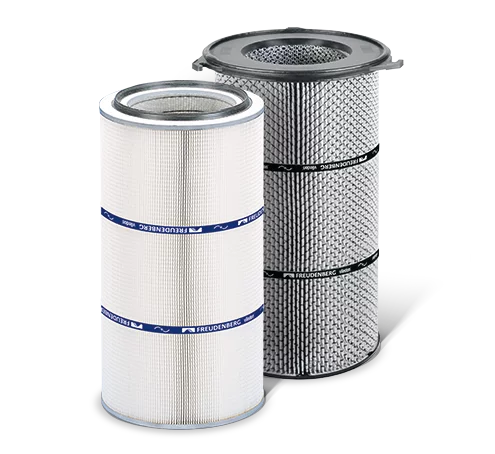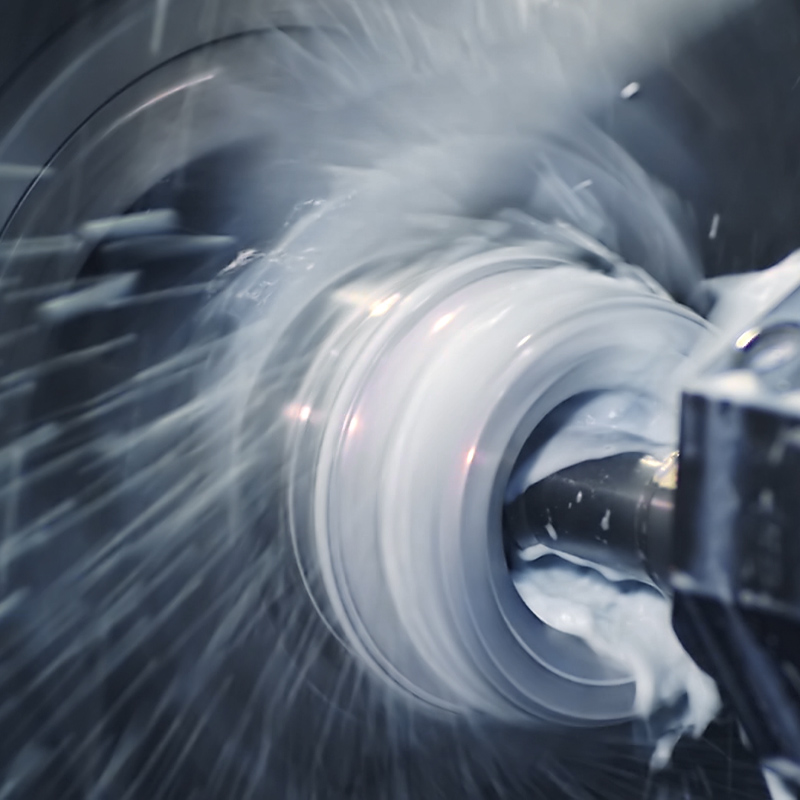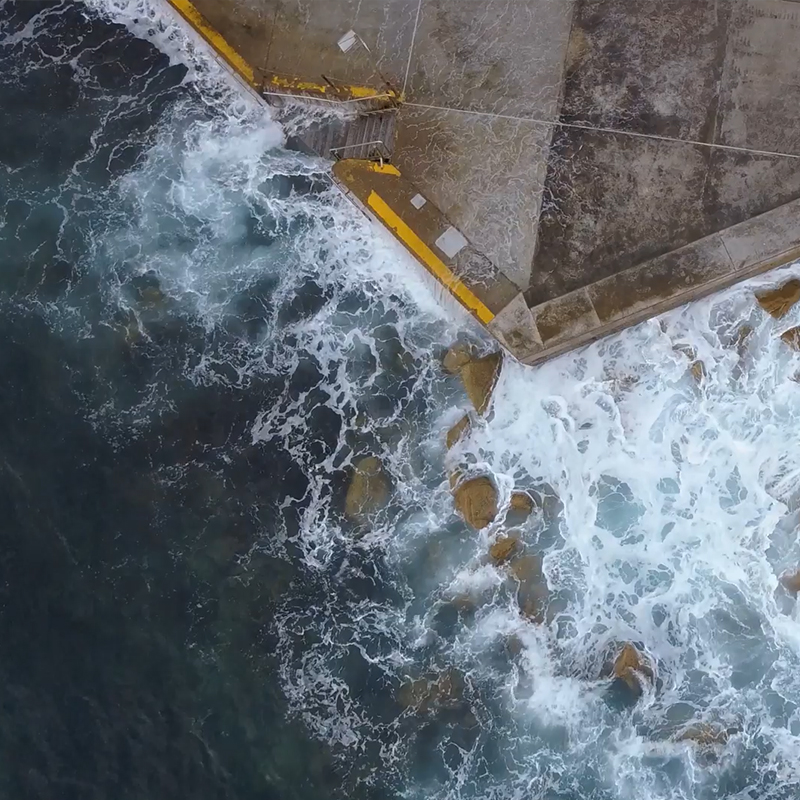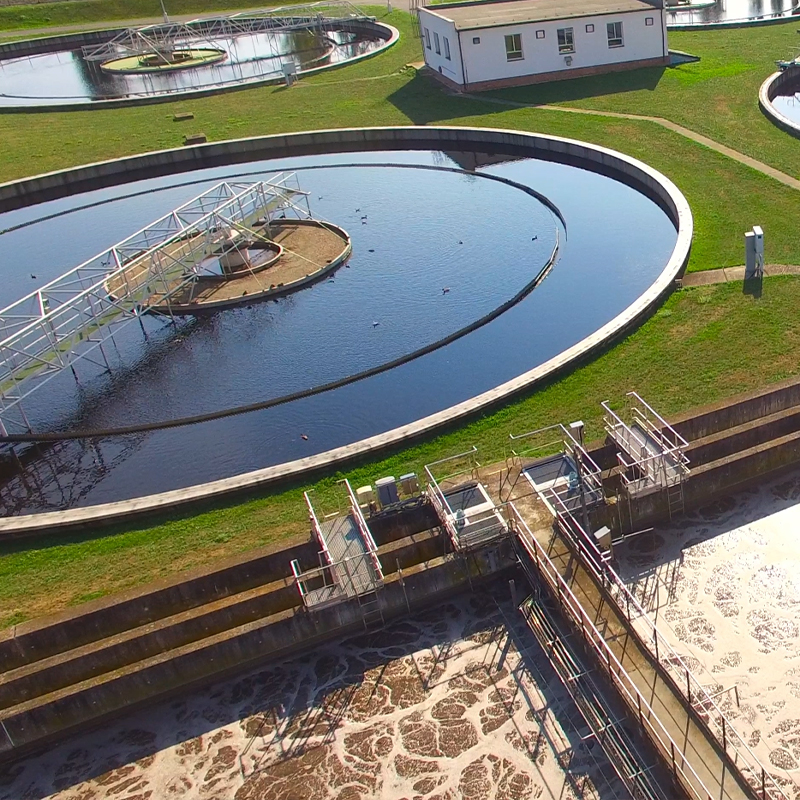Filter media that have such corrugation (a wave-like pattern across the pleat) retain their shape significantly longer, even at high flow velocities. This reduces the pressure drop, saves energy costs, and usually also reduces the maintenance intervals by extending the service life.
At least that’s the theory. In practice, however, not all corrugations are the same. The properties and performance data vary significantly depending on the design and filter material. It is for this reason that Freudenberg Filtration Technologies follows its very own concept and relies on deeper, wider sinusoidal grooving. The corrugation is integrated into the nonwoven at the very beginning of the nonwoven production process, as this achieves a particularly high degree of rigidity. This means that the grooves can withstand long-term stress and do not flatten during operation. This significantly reduces the risk of the pleats collapsing. Even if extreme overloading causes the pleats to collapse, the inherently rigid corrugation creates residual air channels, through which air can flow. The medium retains its original geometry while in use and returns to this geometry after loading. The installed media surface consequently remains available and effective for the filtration system. In practice, this means greater long-term efficiency and extended service life. Dimensionally stable pleating also renders filter cartridges with grooved media much easier to clean, which in turn reduces differential pressure and improves extraction performance.













